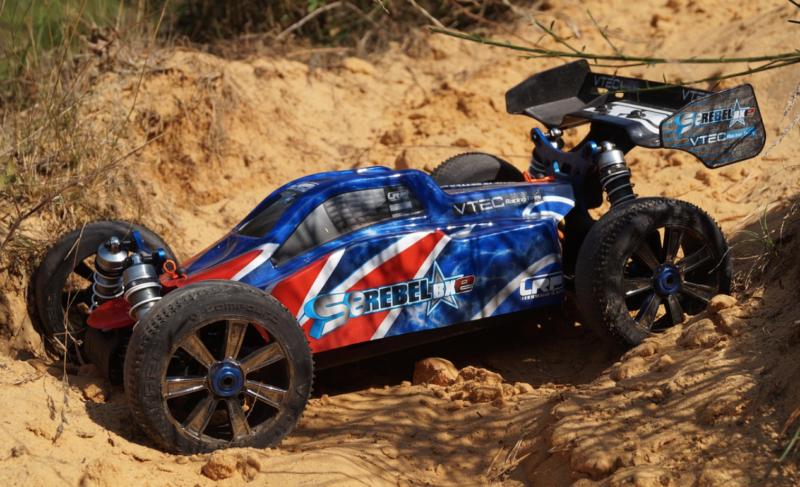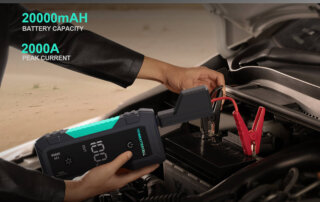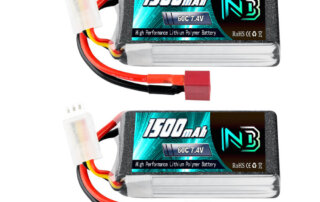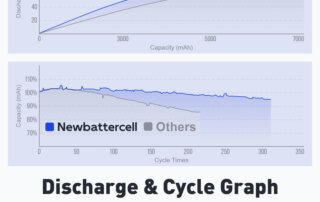Road Remote Control Car Battery Selection Guide
Road Remote Control Car Battery Selection Guide

Remote control (RC) cars have evolved over many years and continue to attract enthusiasts of all ages благодаря their high-speed excitement and competitive racing experience. Among the various types of RC vehicles, on-road RC cars are specifically designed for smooth surfaces such as asphalt and concrete. This guide provides a comprehensive introduction to on-road RC cars, including their types, applications, and—most importantly—how to choose the right battery to maximize performance and extend service life.
What Is an On-Road RC Car?
On-road RC cars are scaled-down replicas of real automobiles, carefully engineered for use on paved surfaces. They feature sleek aerodynamic bodies, low ground clearance, and smooth tires, all of which enhance speed and handling on flat terrain. These RC cars are ideal for racing and high-speed driving, allowing hobbyists to experience the thrill of motorsports in miniature form.
Types of On-Road RC Cars
On-road RC cars come in various styles and configurations to suit different preferences and skill levels. The main types include:
-
Touring Cars:
The most popular type of on-road RC car, designed for precise handling and high-speed performance. They typically feature adjustable suspension systems and high-grip tires. -
Drift Cars:
Specifically built for controlled sliding around corners. These cars use special tires and chassis setups to achieve smooth, continuous drifts. -
RC Semi Trucks:
Designed mainly for road use, RC semi trucks perform best on smooth, flat surfaces such as concrete, asphalt, and indoor tracks. -
Rally Cars:
Rally RC cars are versatile and suitable for both on-road and light off-road use. They are engineered to transition smoothly between asphalt and dirt tracks, making them ideal for mixed-terrain racing.
On-Road RC Cars vs. Off-Road RC Cars
While both on-road and off-road RC cars offer exciting driving experiences, they are designed for different environments:
-
On-Road RC Cars:
Built for high-speed, precise driving on smooth surfaces. They feature low ground clearance, smooth tires, and aerodynamic bodies to minimize drag and maximize speed. -
Off-Road RC Cars:
Designed for rough terrain, off-road RC cars have higher ground clearance, durable suspension systems, and treaded tires to handle dirt, gravel, and uneven surfaces. They are built to withstand jumps, impacts, and harsh driving conditions.
Your choice between the two largely depends on where you plan to drive and what type of driving experience you prefer.
Applications of On-Road RC Cars
On-road RC cars are engineered to deliver a realistic driving experience on paved surfaces. Their high-speed capability, precise handling, and detailed scale appearance make them suitable for several uses:
-
Racing:
On-road RC cars are primarily used for competitive racing due to their speed and agility. They perform exceptionally well on flat tracks featuring tight corners and long straightaways, where precision and speed are essential. -
Bashing:
Although less common than with off-road models, some hobbyists enjoy casual high-speed driving, stunts, and free-style use on streets, parking lots, and other paved areas. -
Scale Modeling and Collecting:
Many on-road RC cars feature highly detailed and realistic bodies, making them popular among collectors and scale model enthusiasts who appreciate miniature automotive design and engineering. -
Drifting:
On-road RC cars are also favored by drift enthusiasts. RC drifting emphasizes controlled sliding, combining elements of racing and style with a focus on precision rather than pure speed.
How to Choose the Right Battery for an On-Road RC Car
Selecting the correct battery is essential for maximizing performance and extending the lifespan of your RC car. The key factors to consider include:
RC Car Battery Type
-
NiMH (Nickel-Metal Hydride):
Safe and easy to use, ideal for beginners. They are affordable and reliable but offer lower power output and shorter lifespan compared to more advanced batteries. -
LiPo (Lithium Polymer):
Lightweight with high energy density and powerful output. Preferred by experienced enthusiasts, but they require careful handling and proper charging for safety.
Voltage and Cell Count
Battery voltage determines power output. On-road RC cars typically use 2S (7.4V) to 3S (11.1V) LiPo batteries. Higher voltage delivers greater speed but requires compatible ESCs and motors.
Capacity (mAh)
Battery capacity is measured in milliamp-hours (mAh) and determines runtime. Higher capacity means longer runtime but adds weight.
-
For racing: 2000mAh–3000mAh offers an excellent balance between runtime and lightweight performance.
-
For long, high-intensity driving: 3000mAh–5000mAh or higher is recommended for extended playtime without frequent recharging.
Discharge Rate (C Rating)
The C rating indicates how fast the battery can release stored energy. A higher C rating provides more power, which is essential for high-speed performance. Typical C ratings for on-road RC cars range from 30C to 60C. Always ensure your ESC and motor can handle the selected discharge rate.
Size and Fit
Ensure the battery fits properly in your vehicle’s battery compartment. Different RC models require different battery dimensions, so always verify size compatibility before purchasing.
Charging and Maintenance
Use a high-quality charger compatible with your battery type. Proper charging, storage, and maintenance are crucial for safety and battery longevity. Avoid overcharging or over-discharging LiPo batteries to prevent damage and safety risks.
Conclusion
On-road RC cars offer an exciting and competitive hobby for enthusiasts of all skill levels. Understanding the different types of on-road RC cars, their applications, and the key factors in battery selection will significantly enhance your driving experience and help you get the most out of your vehicle’s performance. Whether you’re racing on a track or enjoying casual driving in a parking lot, the right battery provides the power, performance, and runtime your RC adventures demand.
If you have any questions about our Newbettercell battery or need customized battery solutions, feel free to contact us





